Description
Dual Axis Solar Tracking System using Arduino – Objective:
There are many unique ways to design and install a solar energy system for your property. If you are considering a ground-mounted solar panel installation, you might be considering a solar tracking system so that your panels follow the sun across the sky. This article will examine what installing a solar tracker means and if a tracking system is right for your solar project. A solar tracking system maximizes your solar system’s electricity production by moving your panels to follow the sun throughout the day, which optimizes the angle at which your panels receive solar radiation. Solar trackers are typically used for ground-mounted solar panels and large, free-standing solar installations like solar trees. They are typically not used in most residential solar projects but have a place in the utility-scale and commercial/industrial solar markets. Dual Axis Solar Tracking System using Arduino
Abstract:
Solar energy with solar tracking will become possible to generate more energy since the solar panel depends on the sun’s direction. Even though the initial cost of setting up the tracking system is considerably high, there are cheaper options that have been proposed over time. Light Dependent Resistors (LDRs) are used for sunlight detection. The control circuit is the controller. The solar panel is positioned where it can receive maximum light. As compared to other motors, the servo motors can maintain their torque at high speed. They are also more efficient with efficiencies in the range of 80-90%. One of the ways to increase the efficiency of solar panels while reducing costs is to use tracking. Through tracking, there will be increased exposure of the panel to the sun, making it increase power output. The trackers can either be dual or single-axis trackers. Dual trackers are more efficient because they track sunlight from both axes.
Introduction:
Solar Panel tracking is used to improve the condition. The tracking mechanism moves and positions the solar array such that it is positioned for maximum power output. Other ways include identifying sources of losses and finding ways to mitigate them. Development of any nation, energy is the main driving factor. The panels are mainly manufactured from semiconductor materials, notably silicon. Their efficiency is 24.5% on the higher side. Various types of trackers can be used to increase the amount of energy that can be obtained by solar panels. Dual-axis trackers are among the most efficient, though this comes with increased complexity.
A solar tracker is used in various systems for the improvement of the harnessing of solar radiation. The problem that is posed is the implementation of a system that is capable of enhancing the production of power by 30-40%. The control circuit is implemented by the microcontroller.
Existing System:
- Energy loss is one of the problems we are facing nowadays in every system. In the case of solar panels, there is a huge amount of energy is lost due to the reflection of solar radiation from panels. Reflection of rays will be occurred due to one of the reasons for panel alignment. For maximum efficiency, it is necessary to align the panel perpendicular to the solar ray, in conventional topologies this was the main problem faced in solar energy generations.
- The other problem will be similar to the above issue, in this case for obtaining a perpendicular position it is necessary to access one more axis. Because of seasonal change, there is a chance of change in the track of the sun will also cause the efficiency of utilization.
Proposed System:
The biggest benefit of a solar tracking system is that it offers a boost in electricity production. Generally, a solar panel system with a single-axis solar tracker installed sees a performance gain of 25 to 35 percent. A dual-axis tracker bumps performance up by another five to 10 percent.
If you live in a high latitude where the sun’s position in the sky varies dramatically between the summer and winter months, a dual-axis tracking system may be a good way to maximize your solar production and collect enough power for your home or property. Solar trackers help maximize solar production by following the sun throughout the day. Solar trackers are usually used in commercial installations or other large ground-mounted arrays. Join the energy sage? Marketplace? today to freely compare quotes for a customized solar quote
When solar panels are exposed to sunlight, the angle at which the sun’s rays meet the surface of the solar panel (known as the ? angle of incidence?) determines how well the panel can convert the incoming light into electricity. The narrower the angle of incidence, the more energy a photovoltaic panel can produce. Solar trackers help to minimize this angle by working to orient panels so that light strikes them perpendicular to their surface
Hardware Required:
- Controller
- Power supply
- Motor driver
- Motor
- Solar panel
- Panel hanging setup
Block Diagram:
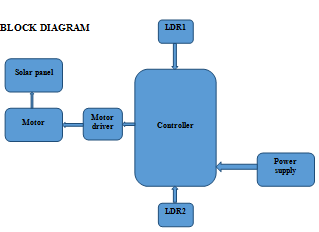
Block Diagram Explanation:
Two LDR will be fixed on two sides of the panel, the difference in perpendicularity of sunray results in intensity change of light radiation in two LDR sides. So that the difference will be taken into account for rotating the motor and the intensity of light in both regions will be controlled.
Hardware Required:
- Controller
- Power supply
- Motor driver
- Motor
- Solar panel
- Panel hanging setup
Product Images:?
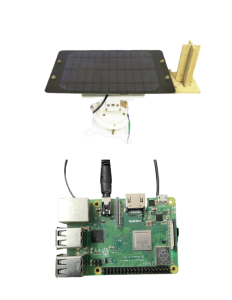
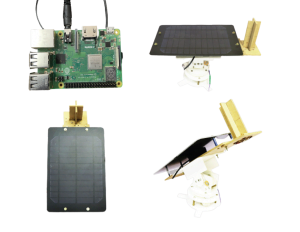

Software Required:
Arduino ide
Dual Axis Solar Tracking System using Arduino Program Demo

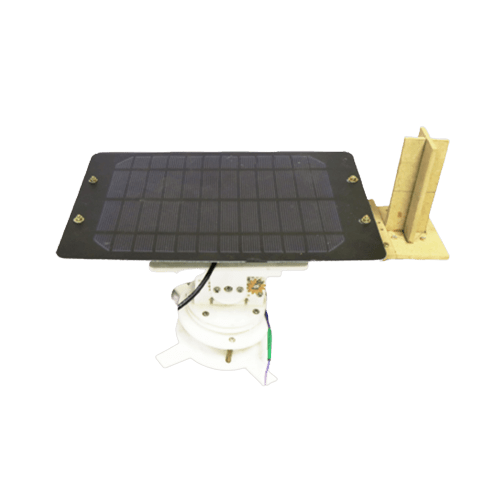
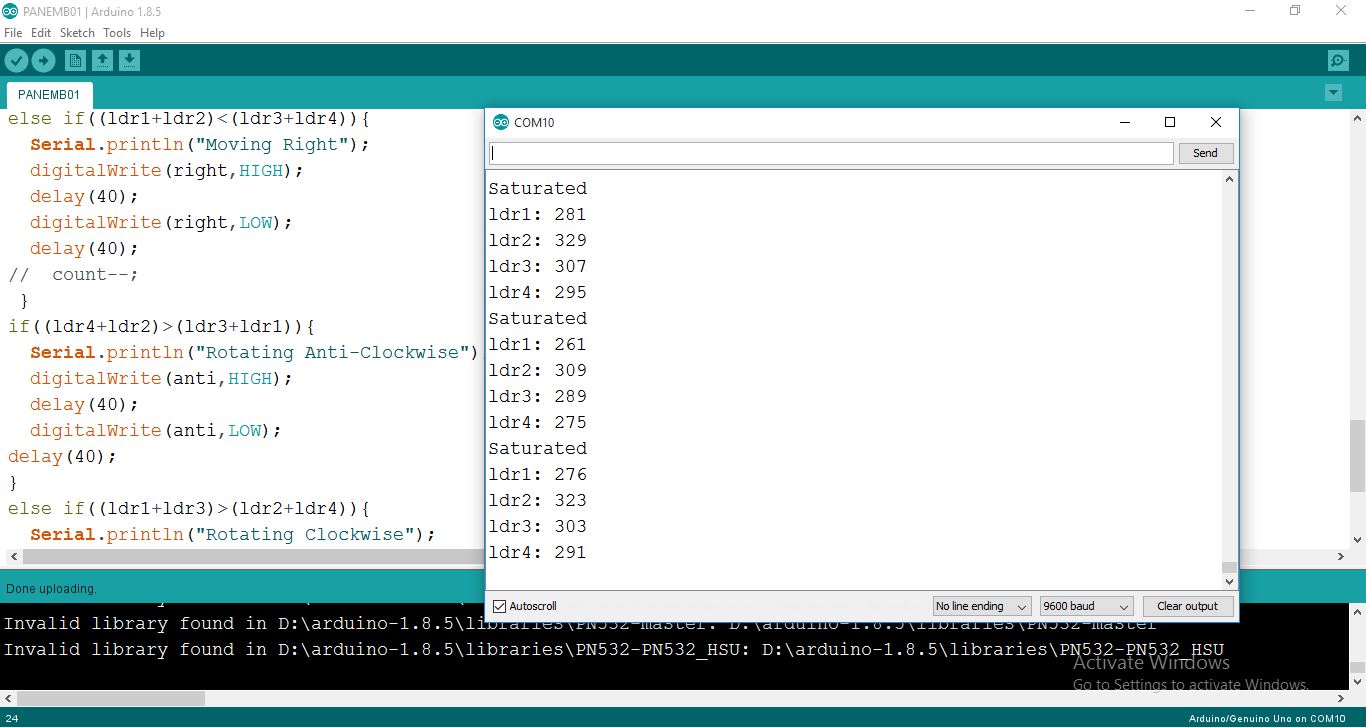
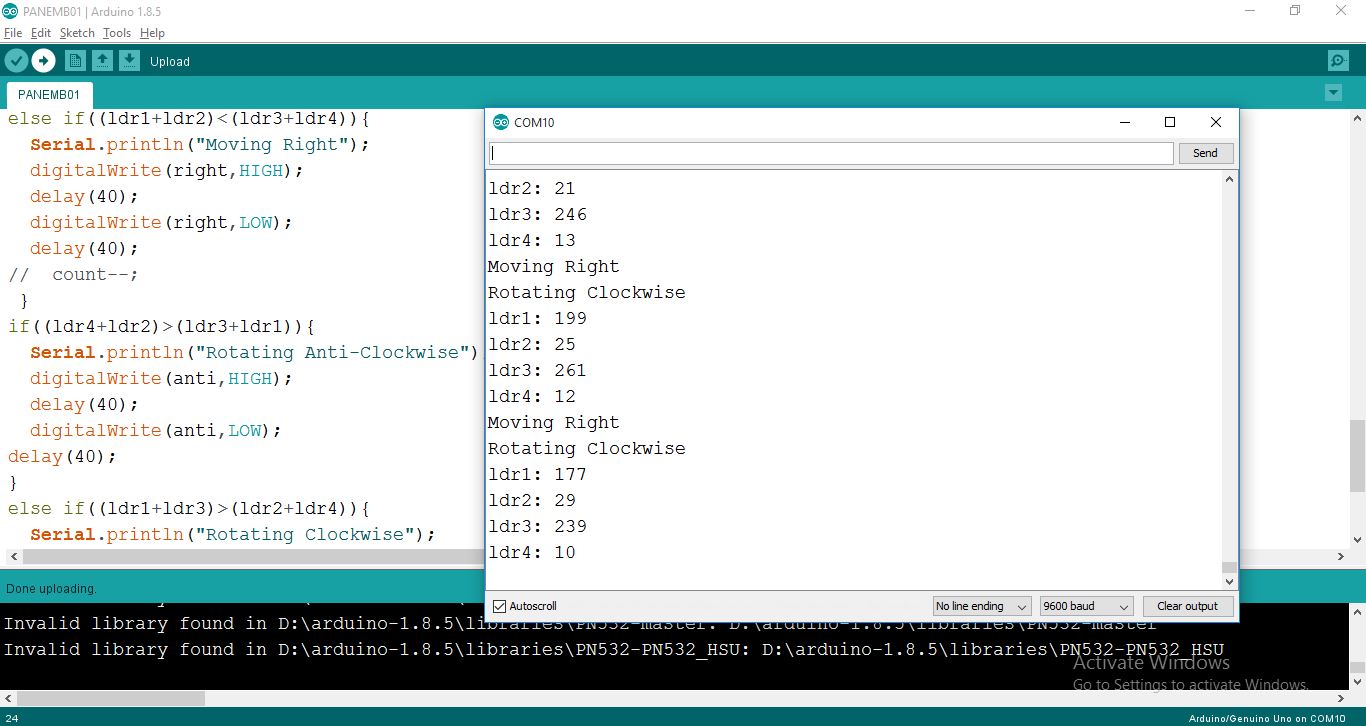
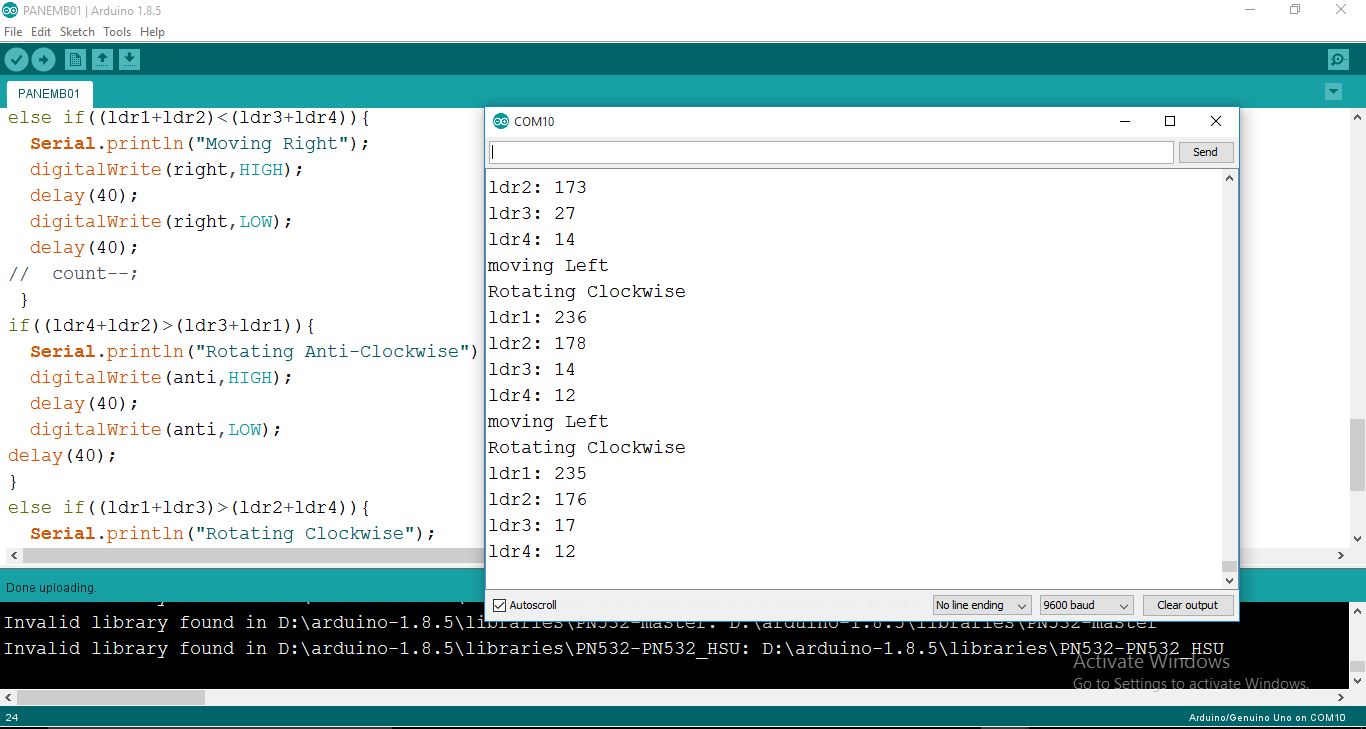
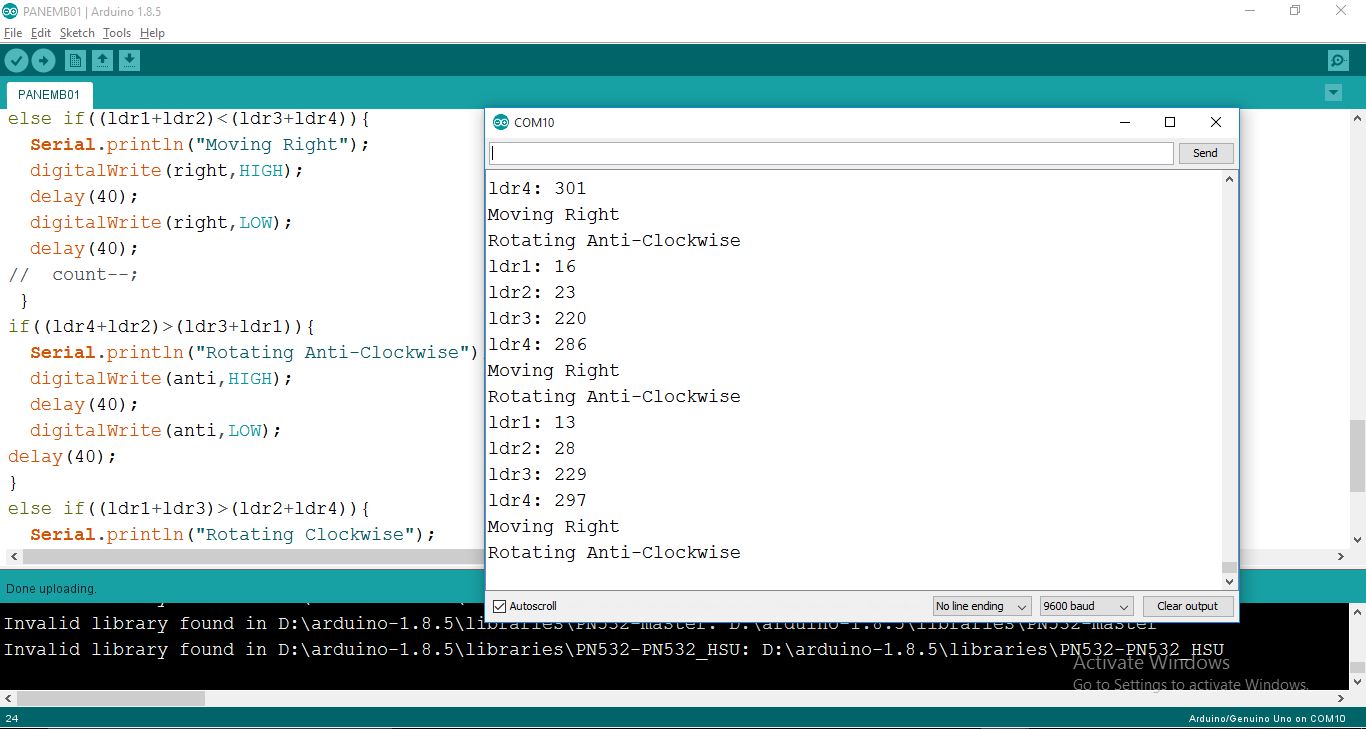
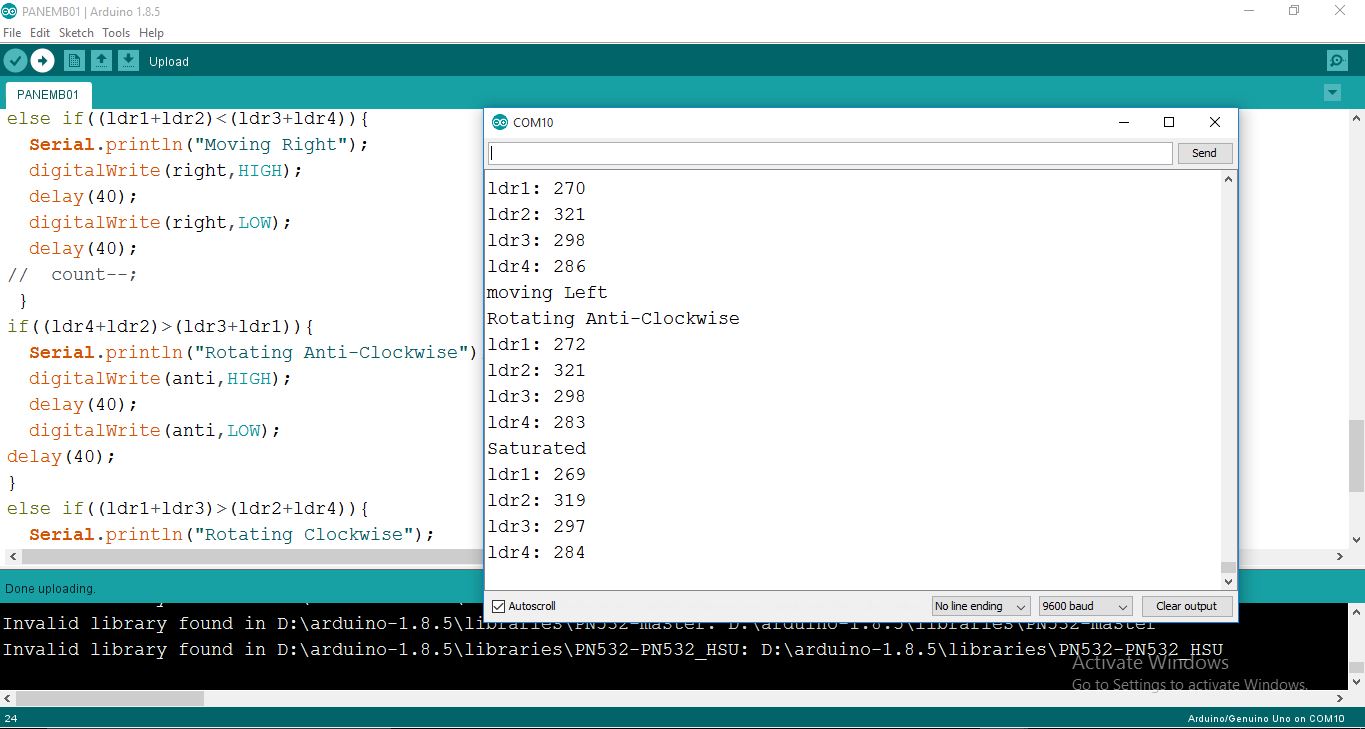





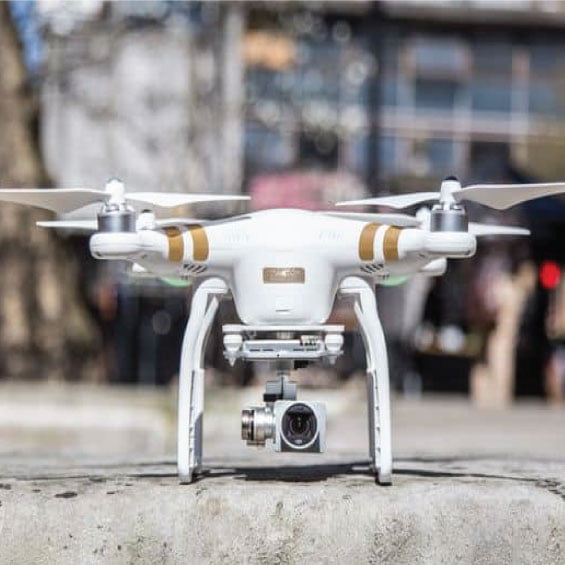




























































































































































































































































































































































































































































































































































































































































































































































































































































































































































































































































Customer Reviews
There are no reviews yet.